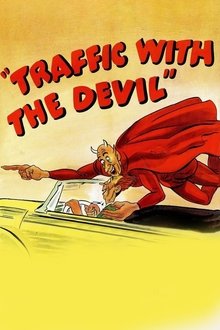When two parties get in a head-on collision, it's up to emergency services to free them from the wreckage. What follows is a demonstration of what their job and duties entail.
Related Movies

Best Of Havoc #1 (2001)
Havoc is the original motorsport disaster series - often emulated but never equalled in its ability to amuse, entertain and even shock! Now in Best of Havoc 1 we present the very best crashes from many thousands of hours of original motorsport archive in one entertaining and often hilarious DVD. There's metal curling madness in all its forms, trucks doing the monster mash, Formula Fordsters taking up aeronautics, mud-wrestling quads, the Formula 2 'take-off' at the Nurburgring, Bike GP rodeo riders, Paris-Dakar dune-busters, manic motocrossers and the 10 out of 10 performances of the nutty Norwegian rally brigade - these are just a few of over 200 megaprangs that have crashed their way into the Havoc hall of fame!

Decade of Death (1971)
This highway scare film produced by the Highway Safety Foundation in 1971, "Decade of Death", is a retrospective of the organization's 10 years of gory, shocking social guidance films which aimed to promote traffic safety and driver responsibility through the display of bloody and horrific footage of traffic crashes.The Highway Safety Foundation made driver scare films such as "Signal 30," "Mechanized Death," and "Highways of Agony" that intended to encourage drivers to drive responsibly and with consideration of the risks and consequences. It was the organization's belief that crash footage, while horrific, was the best way to convey the importance of driving safely.

Life or Death - EMT First Responders (1973)
This somewhat bizarre film about Emergency Medical Technicians or EMTs was produced and distributed by Film Commutators in Hollywood, California. The film dates to a time when ambulance crews were being replaced by paramedics / EMTs, who had sufficient training to make medical decisions and give on-scene care. The film makes a strong argument to decision makers in favor of upgrading from mere ambulance drivers to EMTs.

Diana: 7 Days That Shook the Windsors (2017)
This illuminating documentary examines the aftermath of Princess Diana's tragic death and the tense, dramatic week leading up to her funeral

Parks and People: Dope (1970)
The transcript discusses the prevalent drug culture, particularly marijuana use, among youth in national parks. It highlights the perception that marijuana is less harmful than harder drugs and reflects on the challenges park rangers face in enforcing drug laws. While acknowledging the existence of drug trafficking, the narrative emphasizes that marijuana use is often seen as a minor issue compared to alcohol consumption or harder narcotics. The conversation also touches on the need for a more nuanced understanding of drug use, suggesting that current laws may be overly stringent and not reflective of societal attitudes.
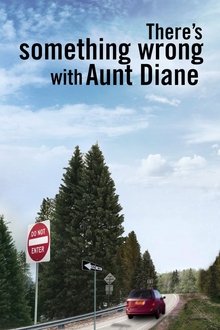
There's Something Wrong with Aunt Diane (2011)
Filmmaker Liz Garbus investigates the mysterious tragedy of Diane Schuler in an effort to understand what went wrong.
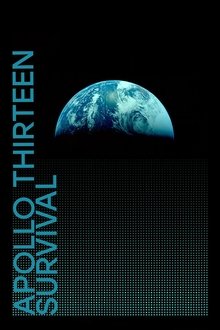
Apollo 13: Survival (2024)
Using original footage and interviews, this documentary tells the nail-biting story of Apollo 13 and the struggle to bring its astronauts safely home.
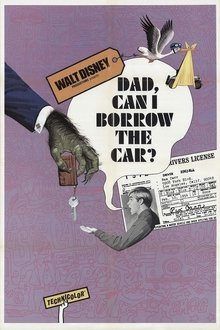
Dad... Can I Borrow the Car? (1970)
A live-action short, using many avant-garde film techniques, that looks at American car culture in the late 1960s. The main section deals with the many trials and obstacles a teenager must face on the path to being able to drive. Surviving the driver's education class is only the first step, as the teenager must then pass his driving test, and then finally get permission to borrow the family car.

The Rescue (2021)
The enthralling, against-all-odds story that transfixed the world in 2018: the daring rescue of twelve boys and their coach from deep inside a flooded cave in Northern Thailand.
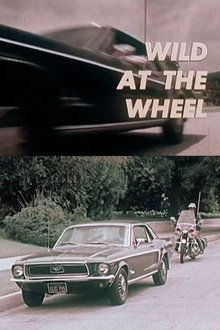
Wild at the Wheel (1973)
This short film looks at the importance of maintaining safe driving practices and heeding traffic rules. A traffic cop investigates a serious car crash and attempts to understand the cause.

The Endurance (2000)
Documentary on the Shackleton Antartic expedition. A retelling of Sir Ernest Shackleton's ill-fated expedition to Antarctica in and the crew of his vessel 'The Endurance', which was trapped in the ice floes and frigid open ocean of the Antarctic in 1914. Shackleton decided, with many of his crew injured and weak from exposure and starvation, to take a team of his fittest men and attempt to find help. Setting out in appalling conditions with hopelessly inadequate equipment, they endured all weather and terrain and finally reached safety. Persuading a local team of his confidence that the abandoned team would still be alive, he set out again to find them. After almost 2 years trapped on the ice, all members of the crew were finally rescued.

Mance (2008)
The tragic story of Dragan Mance, a promising football star of FC Partizan Belgrade who died in a car accident at the age of 23.

Midnight Family (2019)
In Mexico City's wealthiest neighborhoods, the Ochoa family runs a for-profit ambulance, competing with other unlicensed EMTs for patients in need of urgent care. In this cutthroat industry, they struggle to keep their financial needs from compromising the people in their care.

Lost in the Jungle (2025)
After a deadly plane crash strands four young siblings deep within the Colombian rainforest, a dramatic rescue mission unfolds, uniting Indigenous trackers and the military in a race against time. For the first time ever, this documentay offers the exclusive account of this incredible true story directly from the children themselves and the rescuers who scoured the Amazon rainforest for a grueling 40 days and nights to find them.

1985: Heroes among Ruins (2022)
"1985: Heroes among Ruins" is a reflection of disaster. It is about the human solidarity, the search and rescue and the importance of civil protection, but above all, the triumph of the people over devastation during the earthquake of September 19, 1985 in Mexico City and the one ocurred in September 19, 2017.

Manufacturing Ignorance (2020)
Tobacco, climate change, pesticides,... Never has scientific knowledge seemed so vast, detailed and shared. And yet it appears to be increasingly challenged. It is no longer surprising to see private corporations put strategies in place to confuse the public debate and paralyze political decision-making. Overwhelmed by excess of information, how can we, as citizens, sort out fact from fiction? One by one, this film dismantles the workings of this clever manoeuvre that aims to turn science against itself. Thanks to declassified archives, graphic animations and testimonies from experts, lobbyists and politicians, this investigation plunges us into the science of doubt. Along with a team of experts (philosophers, economists, cognitive scientists, political men, or even agnotologists), we explore concrete examples of doubt making and try to understand the whole process and the issues behind it.

The White Helmets (2016)
As daily airstrikes pound civilian targets in Syria, a group of indomitable first responders risk their lives to rescue victims from the rubble.

The Volcano: Rescue from Whakaari (2022)
A close examination of the Whakaari / White Island volcanic eruption of 2019 in which 22 lives were lost, the film viscerally recounts a day when ordinary people were called upon to do extraordinary things, placing this tragic event within the larger context of nature, resilience, and the power of our shared humanity.
